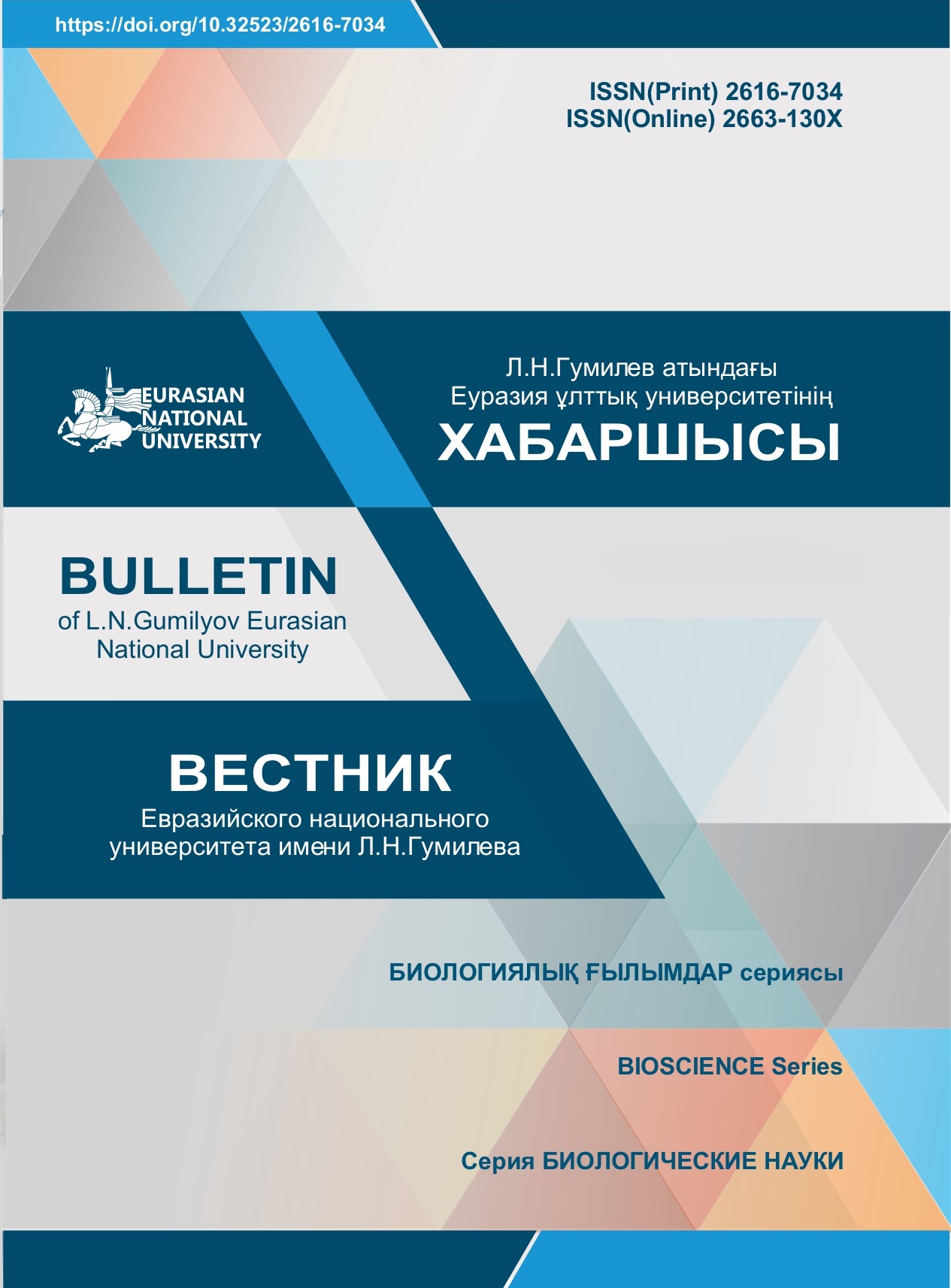Микроядерный тест и оценка изменений эритроцитов периферической крови доминантных видов животных Туркестанской области
Просмотры: 339 / Загрузок PDF: 237
Ключевые слова:
микроядерный тест, эритроциты, техногенные факторы, мониторинг, биотаАннотация
В статье представлены результаты исследования эритроцитов периферической крови доминанатных видов животных Туркестанской области. Актуальность данной работы обусловлена строительством атомной электростанции на территории Узбекистана (Джизакская область, озеро Тузкан), так как районы Туркестанской области попадают под потенциальное влияние АЭС и объекты биоты требуют мониторинга на «нулевая стадия» перед строительством АЭС. Полученные данные имеют большое значение при оценке воздействия техногенных факторов на биоту. Учитывая расположение урановых месторождений в Туркестанской области, в образцах (кости, мягкие ткани) амфибий и рыб определили содержание урана. Установлено, что концентрация урана в образцах биообъектов находится в пределах нормы. Нами проведены работы по анализу эритроцитов и микроядер у следующих представителей биоты: пустынная лацерта (лат. Eremias intermedia), желтый суслик (лат. Spermophilus или Citellus), озерная лягушка (лат. Pelophylax ridibundus), краснопёрка (лат. Redd pisces), Змееголов (лат. Channa argus). По результатам исследований у пустынной лацерты (лат. Eremias intermedia) и озерной лягушки (лат. Pelophylax ridibundus) различные патологические состояния эритроцитов и микроядер наблюдались в 11% от общего количества исследованных препаратов крови.








